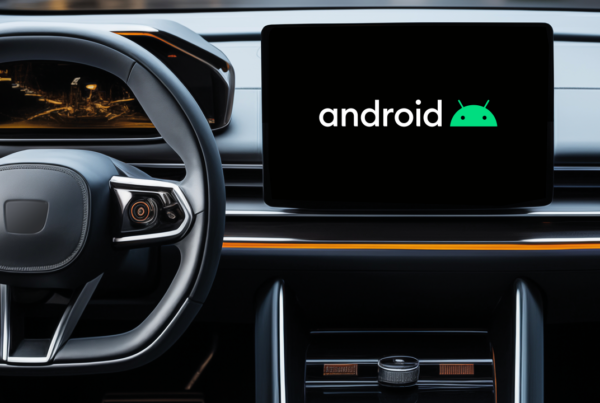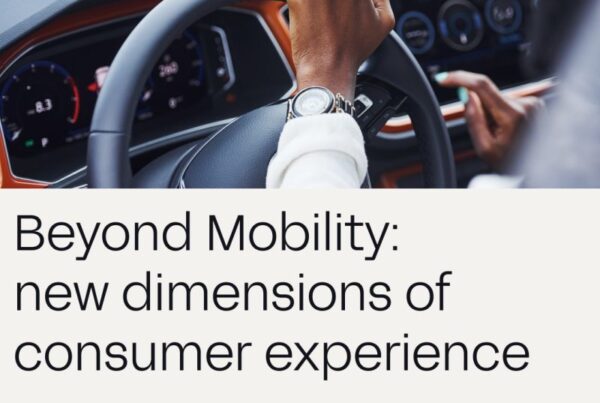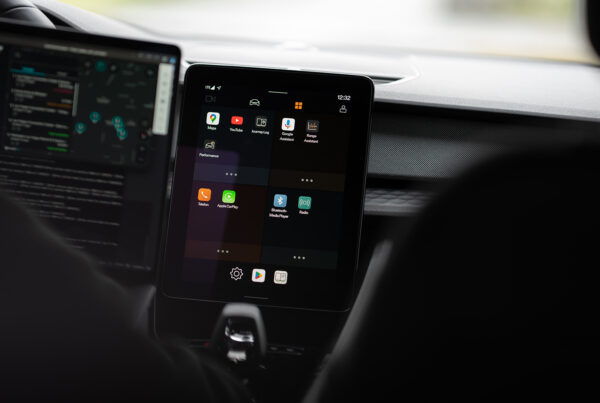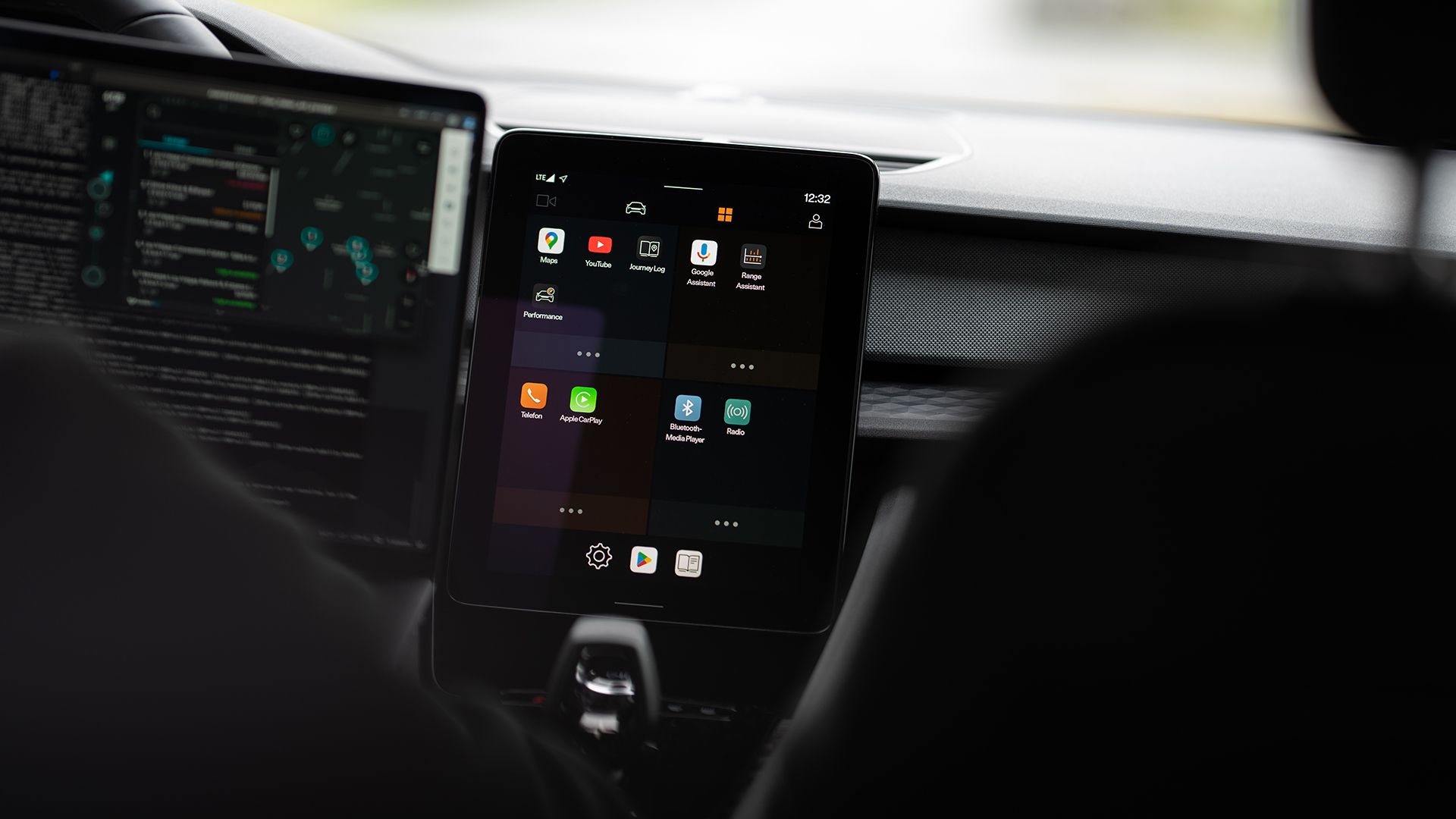
The benefits of using Google Automotive Services
In my last article, I introduced a major decision point that OEMs entering the Android Automotive space must contend with – whether to use Google Automotive Services (GAS) within their AAOS-powered infotainment system. Over the next couple of entries, I would like to present a more detailed view of GAS itself, while also laying out both the pros and cons of utilizing it.
So, what exactly is GAS? In the simplest terms, it is a bundle of automotive-focused applications, services, and other software components that can be integrated into an Android Automotive system. While exact figures are not publicly available, a significant portion of Android Automotive-powered infotainment systems are already utilizing it, with more and more being announced. The quickest way to get a list of the OEMs using it is at the Google Built-In (another term for GAS in Android Automotive) portal.
There are quite a few pieces to the overall GAS package, so it is best to dive into detail on the biggest pieces to give a sense of the solution’s main value adds. As stated in the last article in our series, there are 3 major applications that an OEM must provide when building an Android Automotive infotainment system in order to provide the user a full infotainment experience. Those three applications are navigation, voice assistant, and play store. So the most impactful components that GAS provides are arguably the applications that fill these key gaps.
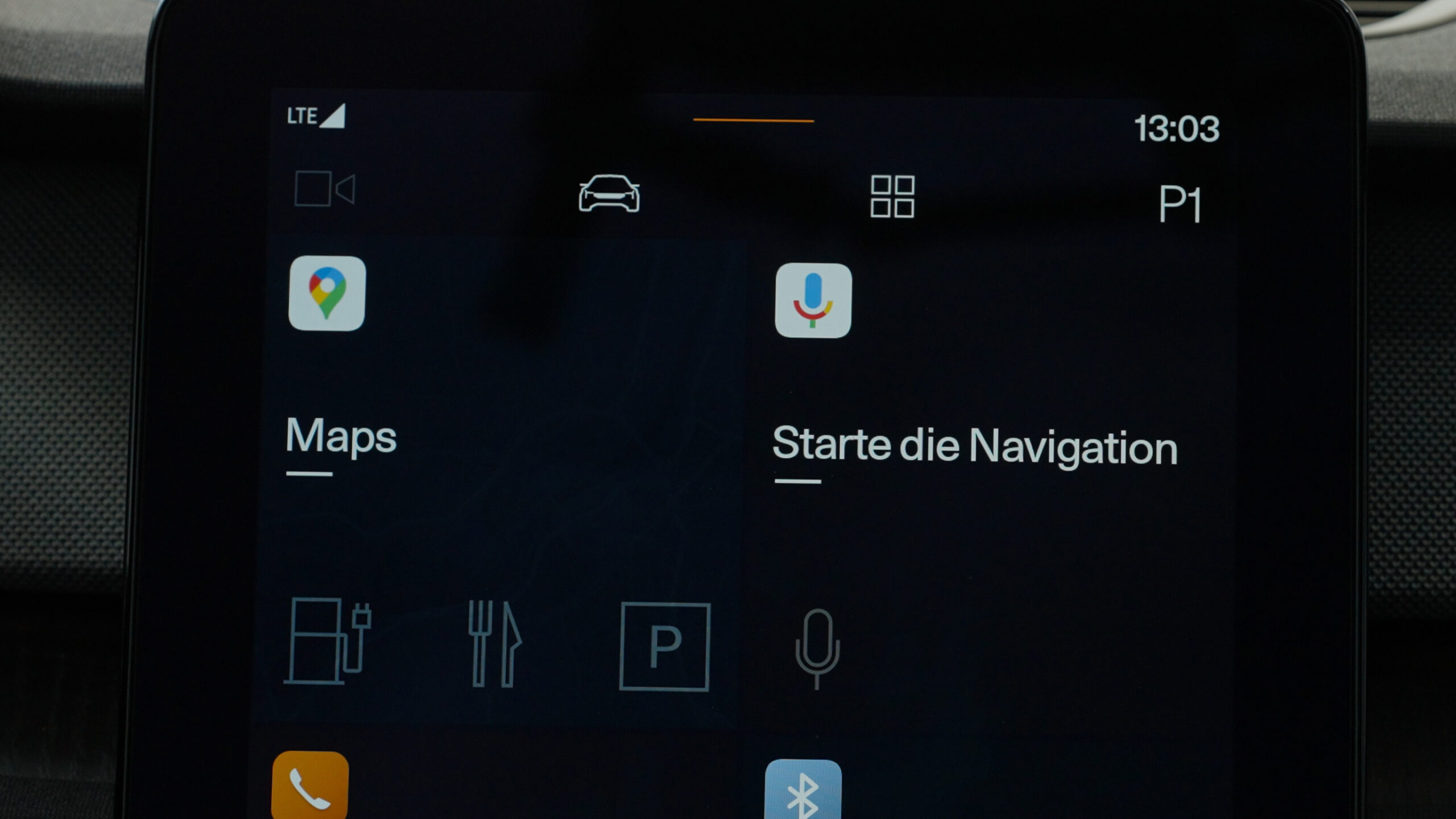
The first of these major applications is the navigation application, Google Maps. Google Maps needs no introduction – it boasts well more than a billion active users a month. It has become almost synonymous with navigation and GPS to users, even those outside of the Android / Google ecosystem. In GAS, a version of the application optimized for the automotive context is included. How is it optimized? In numerous ways both big and small. UI has been tweaked to work better for driver distraction guidelines. Turn-by-turn directions are exposed to privileged components of the system for rendering in secondary displays such as the instrument cluster. For EVs, charging stations are automatically added to a route if the user will not make it to their destination on the current charge. The list goes on.
In addition to the core maps application, there is also an adjacent key service included in GAS called the Vehicle Map Service (VMS). This service includes a variety of ADAS-related map data that can be of benefit to the implementation of key ADAS features. A few examples of this data include Path – which exposes information about the most likely paths the user is going to take such as road geometry, curvature, and speed limits – and Route – which exposes information about the active navigation route the user is on. This information can be integrated in infotainment and ADAS applications in various parts of the vehicle by using the VMS SDK.
The second major application is the voice assistant, Google Assistant. Much like Google Maps, Google Assistant has been taken and optimized for its GAS iteration. At its core is the traditional Google Assistant experience Android users should be very familiar with – “Hey Google, what’s the temperature in Detroit right now?”. But in addition to that core functionality is a variety of ways to control vehicle functions directly – “Hey Google, turn on the passenger’s heated seat”. Most of these car-specific commands come directly from the Vehicle Hardware Abstraction Layer (VHAL) implementation that each OEM will already be integrating with their vehicle’s data.
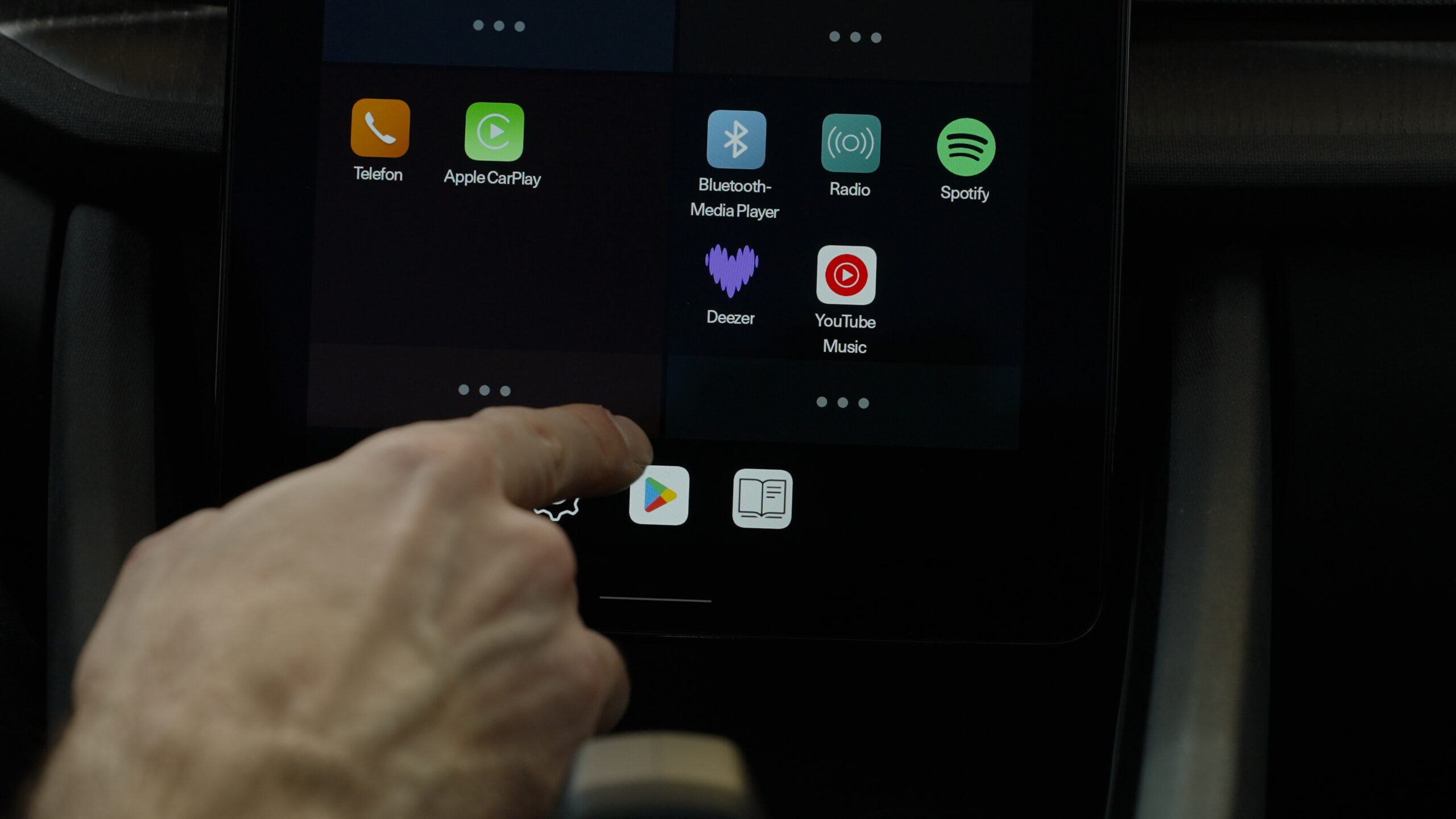
The final is the play store, Google Play. Google is leveraging its existing Play Store infrastructure to create an automotive-focused play store that ensures drivers only see apps that are meant for an automotive situation. To that end, there are only specific categories that the GAS Play Store allows for download – media, navigation, IoT, and games to name just a few. It’s important to note that some of these are distraction-optimized, i.e. safe for use when driving, and some are not. The AAOS system requires that the ones that are not can not be actively used when the vehicle is in motion.
Furthermore, an OEM can create their own channel within the Play Store to deliver apps specific to their vehicles (down to specific apps to specific models) – and ones that do not necessarily fit into the approved third-party categories! This setup allows for a core set of third party experiences that all GAS-enabled vehicle can utilize, such as Netflix and AccuWeather. Simultaneously, it allows OEMs to curate a parallel ecosystem of specialized software. Using this, it can deliver updates to apps pre-installed on their system, or enable the install of entirely separate add-on applications that expand their infotainment’s feature set.

So, with the feature sets that these 3 pillar apps provide, the development and financial benefits become immediately obvious. These solutions leverage Google cloud infrastructure in various ways, hardened and improved for well over a decade in mobile and desktop – which means less cloud infrastructure for the OEM to maintain to spin up their own solution. It also means less development resources needed to create these critical applications from scratch.
It’s important to note that this is not a drop-in and ship solution. There will still be some need for resources to integrate these apps with other system functions, or to implement the customizations possible for each application. And as we will cover in future articles, there are some testing and performance requirements that must be met in order to get approval to ship a system utilizing GAS. There are also OEM-specific experiences and services that GAS is not made to provide, and building those will take development resources. So there will always be a need for tester, developer, and cloud /devops resources when building out an AAOS solution. But overall, it is still a hefty amount of work off of an OEM’s plate to use GAS.
So that is a brief look into the finer details of Google Automotive Services, and the benefits an OEM can attain through its integration. However, there is always a trade-off to such a fully featured network of solutions. In the next article in this series, I will dive into the various requirements and constraints that come with GAS.

Nick Dedenbach, Manager Android Automotive Team

